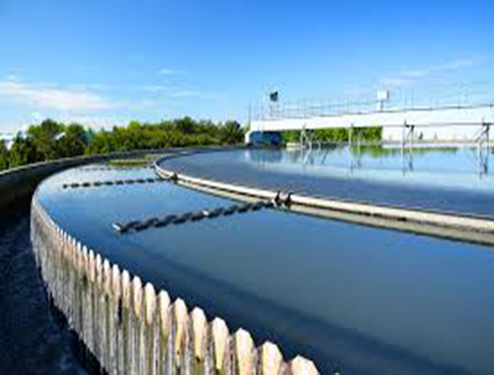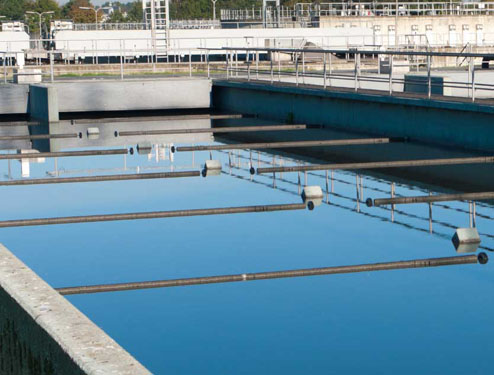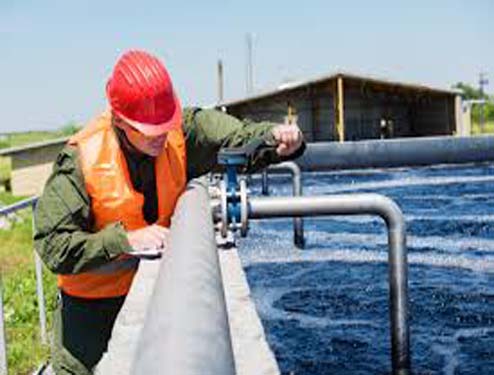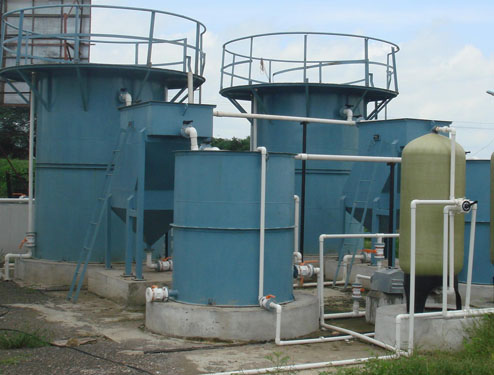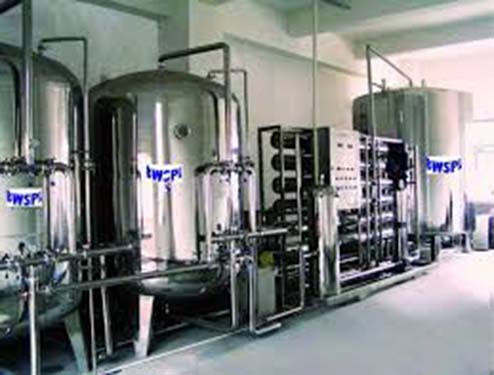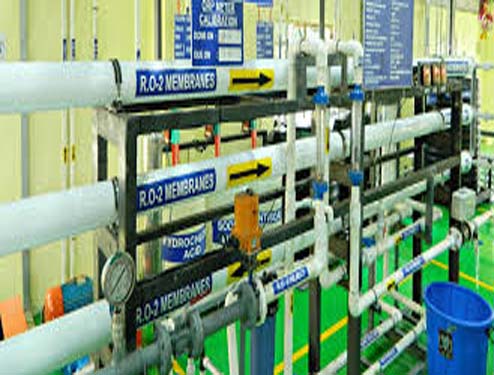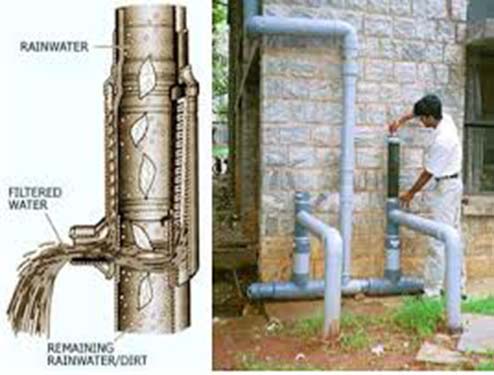Up-Gradation / Retrofitting

SG Watertech has developed cost-effective upgrade, extension and retrofit programs that enable enhanced performance better output phased migration to the latest technology. After a complete site evaluation, SG Watertech will develop a customized implementation plan for migration of installed equipment.
Our process includes:
- The preliminary site survey performed by an expert SG Watertech engineer will assess the station site conditions and relevant equipment, in order to recommend the best suitable solution.
- SG Watertech is a full system provider for extension solutions, from proposal and design, through manufacturing and testing to installation and commissioning of the project
- SG Watertech’s upgrade and retrofit capabilities provide new or better than new operating performance.
STP
We Design, Manufacture, Supply, do Erection and Commissioning, Repair/Refurbish, take AMC (annual maintenance contract) of STP (Sewage Treatment Plant) for treating sewage discharged from commercials buildings, IT Parks, Housing Societies, Hotels, Malls/Shopping complexes, Hospitals.
Major processes/technologies related to STP design and operations are:
- Moving Bed Bio-reactor – MBBR
- Membrane Bio-reactor - MBR
- Sequential Bio-reactor – SBR
- Activated Sludge Process – ASP
- Treatment process includes -
- Biological processes.
- Physical equipment.
- Chemical treatment.
Physical water treatment typically consists of sedimentation, filtration techniques that involve the use of screens, sand filtration/ cross flow filtration membranes.
- Screens: Typically used as a pretreatment method to remove larger suspended material.
- Sand and/or Multi Media Filtration: Frequently used to filter suspended solids. Smaller suspended solids and dissolved solids are often able to pass through these filters, requiring secondary filtration like Activated Carbon treatment for absorption of further impurities.
- Membrane Filtration: Utilizes barrier (microfiltration, ultra-filtration-UF) or semi-permeable (nano or reverse osmosis-RO) membranes to remove suspended solids and total dissolved
WTP
We Design, Manufacture, Supply, do Erection and Commissioning, Repair/Refurbish and take AMC (annual maintenance contract) of WTP/Softener Plant (Water Treatment & Softening Plant) situated at commercials buildings, IT Parks, Housing Societies, Hotels, Malls/Shopping complexes, Hospitals.
Water Softening process -
Excessive levels of calcium and magnesium dissolved in water makes it “HARD”.
Effects of “HARD” water on Commercial, Domestic-Household and Industrial sector:
- Growth of Scale in piping systems which adversely effects water flow rate.
- Growth of Scale on cooling & heating systems, resulting in higher chances of system breakdowns and higher electricity costs.
- It can leave stains in kitchen & toilet sinks and leave a thick scale on water fixtures. Washbasins, bathroom tiles, kitchen & toilet sinks often become opaque and look dirty because of stains from hard water.
- Hard water reacting with soap and laundry detergents restricts foaming and thus results in extra consumption/cost.
- Some online studies suggest when in direct human contact there can be possibility of hard water resulting in skin irritation, hair loss.
Water Softening Plants are designed to produce treated water to suit for various applications. Treated water is of consistent quality with low residual hardness throughout the service cycle.
The High Synthetic Resin pertaining to water treatment is used to exchange Sodium ion with hardness forming Calcium and Magnesium ions generally know as regeneration process. On completion of process and achieving desired output, the resin is regenerated with Sodium Chloride solution after which unit is again ready to deliver next batch.
ETP
At SG Watertech we do Planning & Design, Manufacture, Supply, and Erection & Commissioning of ETP (Effluent Treatment Plant) on turnkey basis for treating and reusing waste-water diverse in nature.
- Treatment process –
- Biological processes.
- Physical equipment.
- Chemical treatment.
Physical water treatment typically consists of sedimentation, filtration techniques that involve the use of screens, sand filtration or cross flow filtration membranes.
- Screens: Typically used as a pretreatment method to remove larger suspended material.
- Sand and/or Multi Media Filtration: Frequently used to filter suspended solids. Smaller suspended solids and dissolved solids are often able to pass through these filters, requiring secondary filtration like Activated Carbon treatment for absorption of further impurities.
Membrane Filtration: Utilizes barrier (microfiltration, ultra-filtration-UF) or semi-permeable (nano or reverse osmosis-RO) membranes to remove suspended solids and total dissolved solids, respectively.
RO
We Design, Manufacture, Supply, do Erection and Commissioning, Repair/Refurbish and take AMC (annual maintenance contract) of RO Plant (Reverse Osmosis Plant) situated at commercials buildings, IT Parks, Housing Societies, Hotels, Malls/Shopping complexes, Hospitals.
RO – Reverse Osmosis process -
RO is a technology that is used to remove a large majority of contaminants from water by pushing the water under pressure through a semi-permeable membrane (RO Membrane).
Reverse Osmosis is capable of removing up to 99%+ of the dissolved salts (ions), particles, colloids, organics, bacteria and pyrogens from the feed water. An RO membrane rejects contaminants based on their size and charge.
Rain Water Harvesting
We Design, Manufacture, Supply, do Erection and Commissioning, Repair/Refurbish and take AMC (annual maintenance contract) of Rainwater Harvesting Plant situated at commercials buildings, IT Parks, Housing Societies, Hotels, Malls/Shopping complexes, Hospitals.
Rainwater Harvesting process -
Rainwater harvesting is the accumulation and deposition of rainwater for reuse on-site, rather than allowing it to run off. Rainwater can be collected from rivers or roofs, and in many places the water collected is redirected to a deep pit (well, shaft, or borehole), a reservoir with percolation. Its uses include water for gardens, irrigation, and domestic use with proper treatment. The harvested water can also be used as drinking water, longer-term storage and for other purposes such as groundwater recharge.
© 2018 SG Watertech


